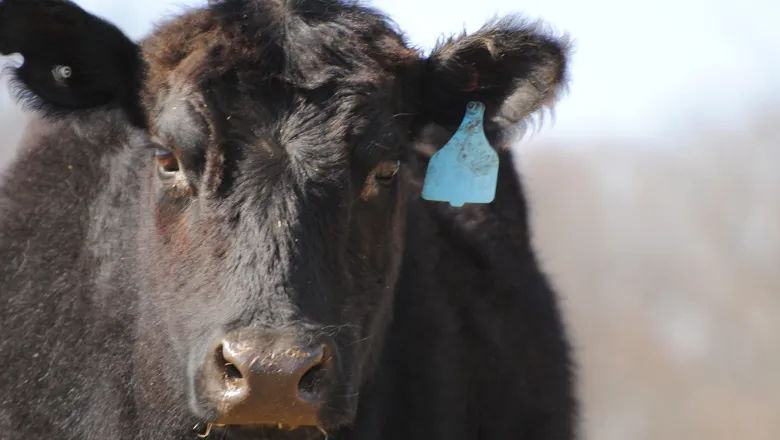May Is Beef Month

Educator Resources
Brace yourself... May is just 2 days away! The first few months of this year seem to have flown by, but since May is one of our favorite months, we are trying to adjust! Why is it one of our favorite months? Because it's National Beef Month!
Several of our Knowledge Center Team members have a strong background in beef cattle..which makes this a fun month for us. To celebrate, we wanted to share some facts about beef and cattle...
Beef
- Beef production is the largest single segment of American agriculture
- And only produces approximately 2% of the total U.S. greenhouse gas emissions
- Beef increases the amount of land that can be used for food production, because cattle can be grazed on land that is unsuitable for other types of agriculture
- 91% of beef cattle ranches in the US are family farms (as of 2012)
- ALL beef is grass fed…but beef can be grass finished, grain finished, naturally raised and/or certified organic.
- Beef is an excellent or good source of 10 essential nutrients including B12, iron and choline.
- More than 29 cuts of beef meet the government guidelines for lean…
- And a 3 ounce serving of lean beef is about 155 calories, which is less than 10% of the total calories in a 2000 calorie a day diet!
- Beef is the #1 protein served in restaurants.
Cattle
- There are more than 200 breeds of cattle around the world today (for a list of breeds, including pictures, history and facts, check out )
- Angus is the predominant breed in the US today, with the highest number of animals registered each year.Other popular breeds in the US include Hereford, Simmental, Gelbvieh, Shorthorn, Charolais, Red Angus, Brahman, Beefmaster, and Santa Gertrudis
- Most females calve (give birth) for the first time around 2 years of age, and will calve once a year
- Multiple births are fairly rare – most females only have one calf per year
- Calves are generally weaned between 7 and 9 months, and will weigh between 500 and 800 pounds
- The average steer will weigh approximately 1,300 pounds at harvest and
- The average dressing percentage for cattle is about 59% - which means an average 1,300 pound steer will produce about 767 pounds of meat and skeleton (with hide, head, feet and stomach/intestines removed).
- On average, it takes less than 5 pounds of feed to produce 1 pound of gain in cattle.
Terminology
- Bovine – term used to refer to animals in the cattle group (can also include bison and buffaloes)
- Bull – an intact male
- Heifer – a female who has not had her first calf
- Cow – a female who has given birth
- Calf – male or female bovine under 1 year of age
- Steer – castrated male bovine
- Calve – the act of giving birth in cattle
- Freemartin – heifer calf born twin to a bull calf, about 90-93% of these are sterile
Additional Resources
- http://www.beefitswhatsfordinner.com/
- http://www.beefnutrition.org/default.aspx
- http://www.explorebeef.org/nutrition.aspx
- http://www.beef.org/
- https://factsaboutbeef.com/
- Your Local Beef Producer!
Do you follow us on Facebook, Instagram or Twitter? If not, you should! We'll be sharing more about beef and how it is raised throughout the month... and we'll be releasing an Ag & Culture video soon that features a great family raising and selling local beef for their area!